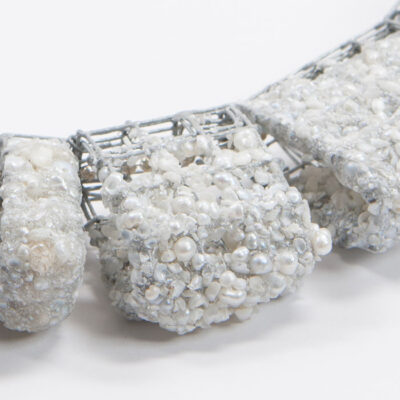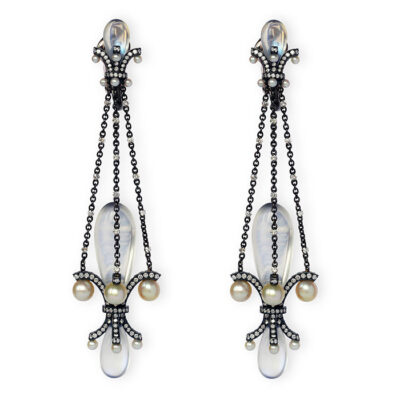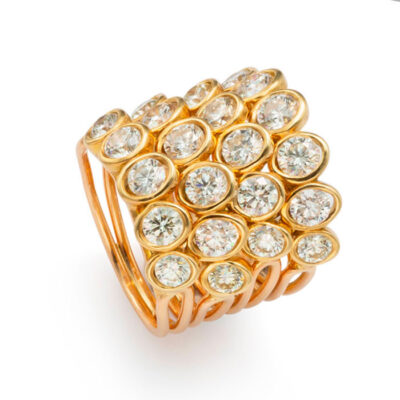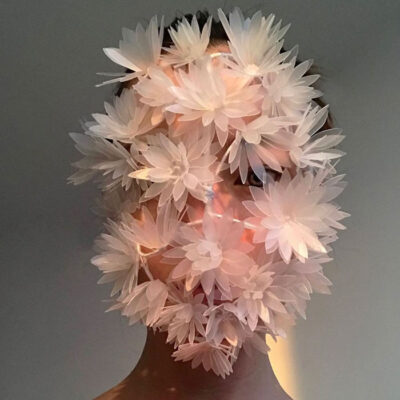Style
11 July 2023
Share
Jonathan Brechignac, mineralogist artist
French contemporary artist Jonathan Brechignac creates imaginary minerals inspired by fascinating and mysterious natural phenomena.
By Sandrine Merle.
“Sailing Stones”
You thought stones were solid, inert, and immobile? That they felt nothing? Jonathan Bréchignac’s first series, started in 2017, titled “Sailing Stones,” opens up a world of possibilities. Fake real resin stones move forward on their own, without any apparent force. Very lightweight, they appear alive thanks to wheels and software that allows them to move in space. Jonathan Brechignac imagined them based on an incredible geological phenomenon that remained unexplained for a long time: the movement of rocks weighing several tens (or even hundreds) of kilograms, leaving long trails in a dried-up lake in Death Valley.
“Alien Rocks”
The “Sailing Stones” naturally led him to question rocks of the future or those existing in parallel worlds: what could they look like? “Alien Rocks,” fake resin stones molded from real ones, are painted like beetle wings. They are also characterized by layers with synthetic and phosphorescent colors. Sublime and improbable hybridizations of azurite, cobaltocalcite, and other chrysocolla; enigmatic beauties destined to deceive perceptions. “They evoke geological layers altered by tectonic, magmatic, or sedimentary, phenomena.” They also recall plastiglomerate, a rock formed by melted plastic aggregating with natural stones, sand, seashells, etc.
“Primal Lutum”
His approach takes on a new dimension with the third series, “Primal Lutum”: he uses raw potter’s clay collected from nature. Underneath this cracked material, he places an iridescent material and then covers the whole thing with transparent varnish to restore the magnetic beauty of the Australian opal boulder matrix. “I discovered this stone as a child during a trip to Australia. I then spent years observing the effects of its veins trapped in iron ore,” explains the nearly forty-year-old artist, a former advertiser from a “rather scientific” family.
Semantic Play
Jonathan Bréchignac is not an activist, but his works call for awareness. He expresses the vulnerability of nature through multiple references rooted in the Anthropocene, a geological era characterized by humanity’s imprint becoming the main force of change on Earth. “A central theme of my work,” he emphasizes. He plays with semantics, adding layers of meaning throughout his explorations of matter. He named one of his “Alien Rocks” “Siren’s Tears,” referring to microplastic beads that pollute the oceans.
Jonathan Bréchignac thus opens up new perspectives on the reign of minerals. This enthusiast who explores the Mines Museum orchestrates the encounter between the organic and technology, illusion and science; he is at the crossroads of a gemologist, lapidary, and scientist. His work is an ode to the bizarre, a fascinating exploration of minerals from elsewhere. It would have certainly pleased the great Roger Caillois.
Upcoming exhibition « God ! Please. We’re all stupid ! » from 16 November to 19 December 2023 at the Maison de l’Université at Rouen.
Related articles:
















